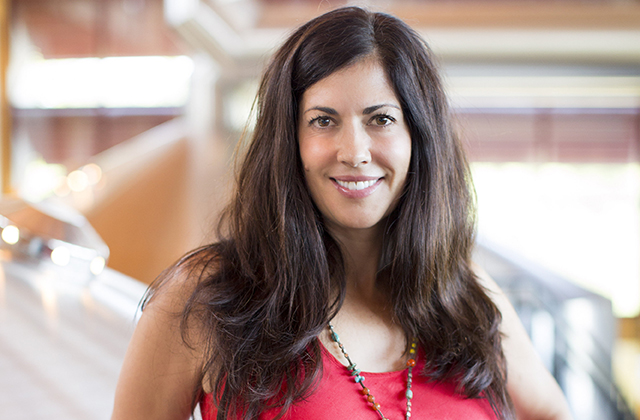
At this point breweries all across the country have been making 2016 plans. Some are looking at major growth opportunities, while others are adjusting to new roles within the company. For Christine Perich, the new CEO of New Belgium Brewing, she’s focused on getting comfortable in her new role and furthering the same success New Belgium has become known for.
“I’d like to see New Belgium continue to be one of the true leaders of the industry and to help continue the growth of the category,” explained Perich. “I’d like us to maintain our thoughtful approach to business and continue to create opportunity for our co-workers and partners. I’d love for us to keep brewing interesting and exciting beers like Le Terroir, La Folie and Slow Ride. And since it’s one of our most beloved core values and beliefs, I’d like to make sure we’re still having fun.”
With New Belgium completing its 100 percent Employee Ownership plan, Perich believes the company is in a great position for the future. Additionally, moving into 2016, New Belgium will have 500,000 bbls of additional capacity. “We’re bullish on craft continuing its climb toward 20 share, and we plan to play an important role in that,” she said.
In regards to her new role as CEO, she’s got her mind on taking the lead with sales and branding, as well as developing herself as a great leader. “Fortunately, I’ve been here 15 years and I’ve worked closely with those teams, so the transition feels very natural and fluid,” said Perich. “We have a deep pool of talent here and we’re very much in alignment around our direction and goals.
“I have to be a better communicator and listener than ever before. The ability to have live-streaming video meetings with remote co-workers helps tremendously in keeping me connected to our teams. We also have a very talented management group developing in Asheville, so I am confident in their ability to rise to the challenge. I know we will find creative solutions to stay connected as we continue to grow. That’s a big piece of the culture here, and we spend a lot of time working on that connectivity.”
The Asheville brewery will open up a lot of new doors for New Belgium. While they had recently finished an expansion in Fort Collins a few years back, this new location will actually help the brand reach more customers on the east coast, as well as allow visitors that don’t get out west to experience the New Belgium brand first hand.
“There are a great many opportunities and challenges in standing up the Asheville brewery, and we look forward to getting that facility into production,” said Perich. “It’s right in line with our vision of creating additional capacity that will allow us to launch the rest of the U.S. We’ve been considered a ‘national’ brand for a long time, though we still have eleven more states to open. Filling that entire U.S. footprint will be an exciting milestone. That’s likely not until 2018.”
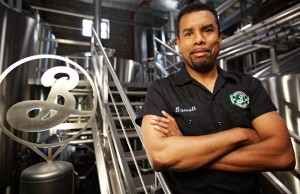 The Biggest Opportunities for Breweries in 2016
The Biggest Opportunities for Breweries in 2016
Garrett Oliver, Brooklyn Brewery: “A lot of breweries are, of course, growing very rapidly this year. That’s great, but I think that means we need to ramp up education, particularly for professionals in beverage services. The wine industry spends a vast sum of money to ensure and hold their place in the restaurant scene — craft brewing isn’t anywhere close yet. A quick look at the rampant success of the Cicerone shows the vacuum of learning opportunities for beverage professionals when it comes to beer. We are now ‘winning’, but the risk, for example, is that IPA is becoming the ‘chardonnay’ of craft, an undifferentiated generic liquid. Education will counter that, and thereby keep the value in craft beer for the consumer.”
Daniel Harrison (DH), Country Boy Brewing: “We have to get better. We have the attention of the public and media — but our products that all breweries are putting out have to get better. We find ourselves increasingly the darlines of our communities, local media and even politicians. We must make every effort to make sure that the beers we are brewing are adored for their merits and not just because they are local/trendy. That fad will fade. People know what good beer tastes like and after the luster has worn, tastes will drive sales.”
Meg Gill, Golden Road Brewing: “I think it’s interesting to look at the state and national legislative change that is happening. This year, the California Craft Brewing Association under Tom McCormick’s lead, was able to make positive changes to help craft brewers grow with greater ease, and really streamline how we do business. While I am most familiar on the changes in California, it is happening in most states, and shows the power of consumer demand reaching legislative change.”
Adam Avery, Avery Brewing Company: “It’s happening. People are making a ton of money, guys that I know and have known for 20 years are realizing their earning potential and selling part or most of their companies. It’s game on, so exciting. Some people are like, ‘everyone’s selling out,’ and I’m like, no one’s selling out, we’re solidifying what craft beer is. It’s a business, and up to this point it’s been a bunch of homebrewers. If you look at every brewery out there that’s doing well, there is a hombrewer that is maybe not the face of the brewery, but there is a partner that was making beer, on a stove back in the ‘80s and ‘90s. Some of them are cashing out. I think it’s a totally exciting time.”
U.S.’s Real Beer Export Industry
Garrett Oliver: “I think 2016 will start to separate those who are serious about international markets from those who are dabbling. We’ve been serious for a great many years, and that’s the reason for our successes there. I was in nine countries just this spring. Basically, if you don’t put in the time, you might have a nice vacation, but not so much else will happen. It does take work, and each brewery needs to decide whether it’s work it. The purchase of several American craft brewers by large international brewers will make the international arena far more competitive. No one who was paying attention can be surprised about Heineken’s purchase of Lagunitas, but I don’t think many of us saw the San Miguel/Founders deal coming. So things will get ‘interesting.’”
DH: “I firmly believe that we will see more brewery growth as a whole in 2016, but that most of that growth will be by already established brewers with already established distribution networks, with already established brands and clientele. What I mean is that the majority of the growth will be by the brewers who have already been in business a few years. I think there is opportunity for new brewers all over — but especially in Kentucky in some of the smaller communities. I can see the day when every small town has its own brewery — but to think all of these breweries will be the size of a Stone or a New Belgium is a bit far fetched.”
Adam Avery: “Right now I would never start a production facility. The shelf space, the distribution alignments, to just do a production space to me is packing a hard road. Every town that is 10,000 people or 20,000 people, should they have a brew pub? I always ask, is there a brew pub within 20 miles, they say no, and should they start a brew pub, yeah. Make great food, make great beer and you will rock. You’ll make a great living and you’ll perpetuate the craft industry.”
Speaking of Acquisition
Meg Gill: “Our goals have not changed other than wanting to push to get more capacity and innovation online through our new breweries and pubs. [Anheuser-Busch] is as eager as we are to get Anaheim online including getting barrel aging going, and getting our new innovative brewery under Victor Novak set up so he and his awesome team can do really fun stuff we haven’t had capacity to do in LA.
“Our partnership with AB is the number one greatest asset we’ve gained. AB will help us amplify our brand through streamlined distribution, increased marketing support and more access to raw materials and packaging. Our team is excited to elevate the brewery to the next level.”
Legislation at the Forefront
DH: “In Kentucky, we are actively seeking to raise the barrelage limit for small brewers. Right now, it stands at 25,000 bbls a year, and several small brewers are going to be bumping up against that in the coming years. The way the law is written now, once above that limit, small brewers would not be legally allowed to operate taprooms. Of course, our taprooms are the lifeblood of many of our communities and we cannot afford to close their doors. I think this session will see a few alcohol issues arise across the board, many of which will be about bringing some of antiquated laws into modern times, while at the same time keeping the system we have operated under for many years intact.”
Can Craft Continue to Grow
Brett Joyce, President of Rogue Ales & Spirits: “There’s no question in my mind that craft beer will continue to grow. I think that’s set in stone for a long time just because of the overall shift in consumption patterns, people drinking less, people drinking better. People want to drink more stuff that they’re connected to on a local basis. Those are long-term trends that aren’t changing.
“The question is, who is going to get the pie. The pie is only going to get bigger, in my opinion, and there’s a lot more people that are trying to take bites out of the pie. The question becomes, who gets the bigger piece of the pie. There are more people trying to eat it, so how does that all balance out. I think that’s the fascinating question. They say a rising tide lifts all boats, I think that’s generally true, but there’s no guarantee in our space that the category grows that no one gets that equally. For me, that’s fascinating to watch.”
Adam Avery: “I’ve always said there’s room for everybody that makes quality beer. That’s the other thing that’s going to weed out a lot of these beer makers other than their not making money. They’re making shit beer. It’s mind-blowing how much bad beer is out there. I’m not just talking kind of bad beer, I’m talking like bad beer. We have a bunch of people getting into the game and they don’t know how to make good beer. That’s obviously a worry of a lot of people. I don’t worry so much as the negative, I believe in the movement and I believe in the wave. We preach quality, that’s what we’re going to do.”
Taking Care of Your Needs is Trending
Brett Joyce: “Because we have our own hops, we have a beer we called Seven Hops IPA, which is the second year we’ve had that. It’s quickly become our top selling 22 [ounce] and it’s a strong number two behind our flagship. We’ve used seven hops from our hop farm. We use the hops that grow right on our own farm.
“We’re making our own wooden barrels. We opened up this spring a cooperage facility, just right next to our brewery. We’re making, from scratch, Oregon Oak wooden barrels. It’s called ‘Rolling Thunder Barrel Works.’ We’re making about a barrel a day, because it’s a gruesome process, but we’re doing it with old equipment and one guy. We’re embarking on a project where we’re aging whiskey in our barrels, so we’re taking our whiskey, putting it in the barrels, then pulling the whiskey out of the barrel and putting an imperial stout into the barrel and aging the imperial stout in the barrel that we made that had whiskey flavor that we made. It’s kind of a full start to finish story — we call it DIY, Do it Yourself, so I’m pretty excited about that. Probably late next year will have a launch of the product itself, but it takes a long time to do this. We’re sort of excited about that, which is pretty fun for next year.”


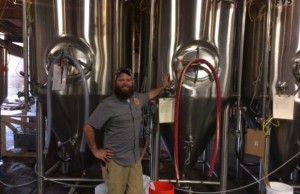
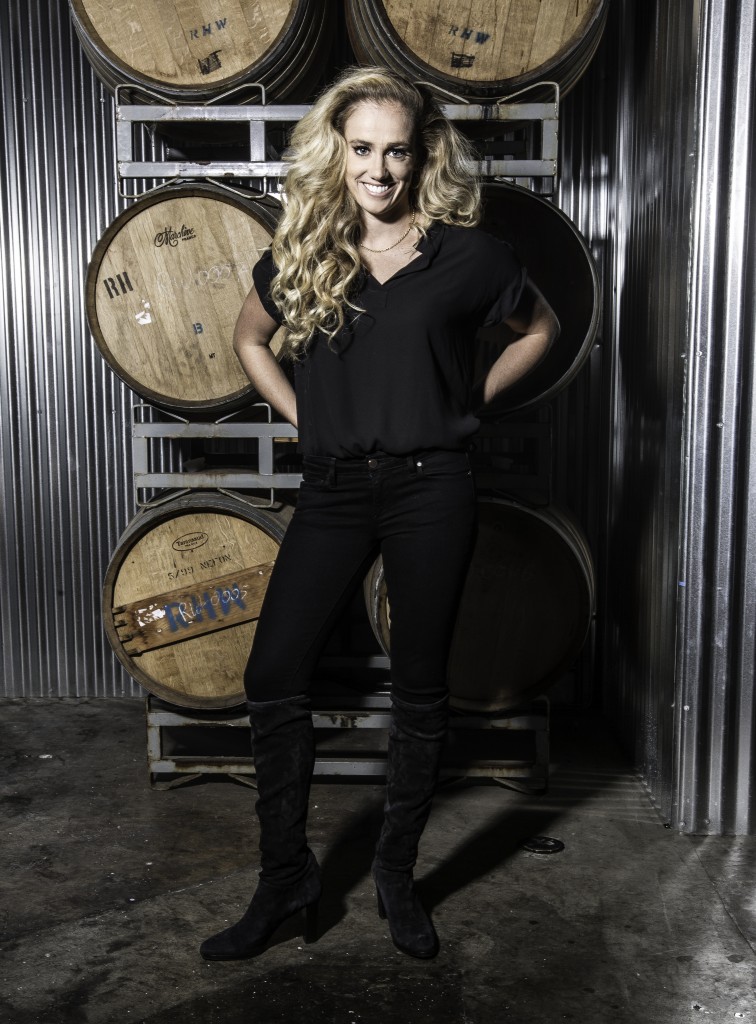
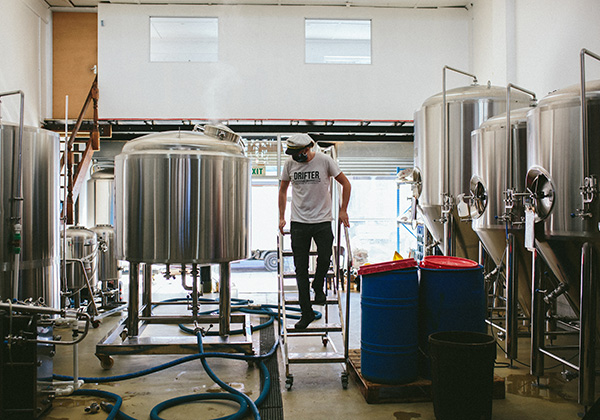
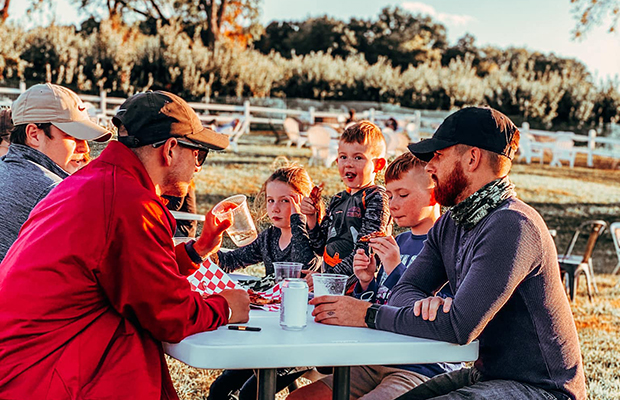
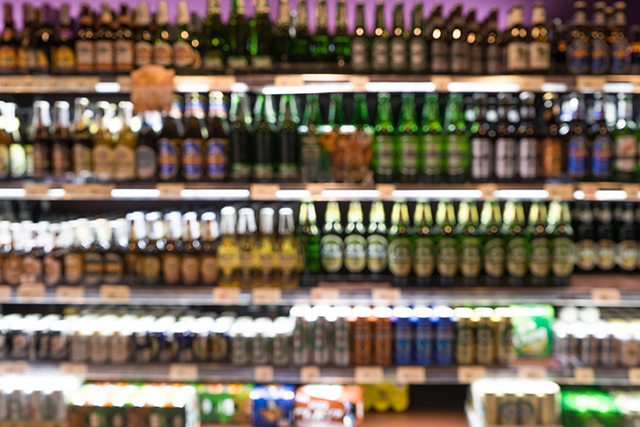
Be the first to comment